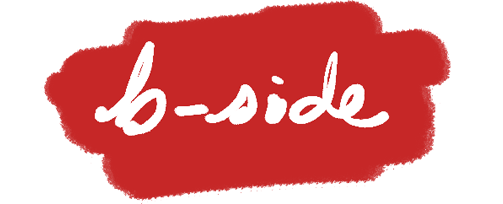So many products are confused. They overestimate people’s appetite for features and underestimate how busy they are to care. And when the “paradox” of products with less features succeed over those that don’t, many wonder why.
If you work in tech, you probably know at least one zealous friend who raves to you about the beauty of something that only another fellow engineer can understand. I was too an engineer and today I still love to marvel at the beauty and impact of Fourier transform and the absolutely ingenious RISC architecture that drove me sleepless in college.
As technology transformed society in the past few decades, more non-experts have learned expert terms such as “cloud storage,” “download,” or “RAM.” Some of them are necessary just as you need to know what a hand brake is to operate a car, but some are forced upon people (remember “disk partitions”?) simply due to a lack of more human-centered design or technological limitations.
Now for those who work in product, this might seem painfully obvious: you can’t build something useful by focusing on those. I think the products that are most successful are the ones that prioritize a reasonable number of relatable, understandable, and effective features. They do something most consumers find relatable (e.g. vacuuming), which gets them the eyeballs to begin with; they solve it in a way that’s understandable or marketable (e.g. cyclone-based powerful sucking), which convinces them to make a purchase decision; and they actually work (e.g. Dyson).
The RED Hydrogen One phone features a 3D display and also captures proprietary 3D pictures and videos. It was a flop. It works according to early reviews, and we can somewhat relate to its value proposition of better image and video experience. But crucially, nobody understands exactly how it makes a better experience.

Now, compare this with something like this that’s relatable, understandable, and truly works:

Sometimes, focus also means less but better. Take the new iPhone 11 Pro, for example. There’s literally one feature that Apple advertises the crap out of: the new 3-camera system with ultra wide lens and night mode. Is it relatable? Yes, everybody takes photos. Is it understandable? Yes, for ultra wide lens, you capture a wider angle. For night mode, photos are brighter and clearer at night. Does it work? Yes.
We don’t have time to build and explain everything. Just enough of the right features are what make products relatable, understandable, and work.
